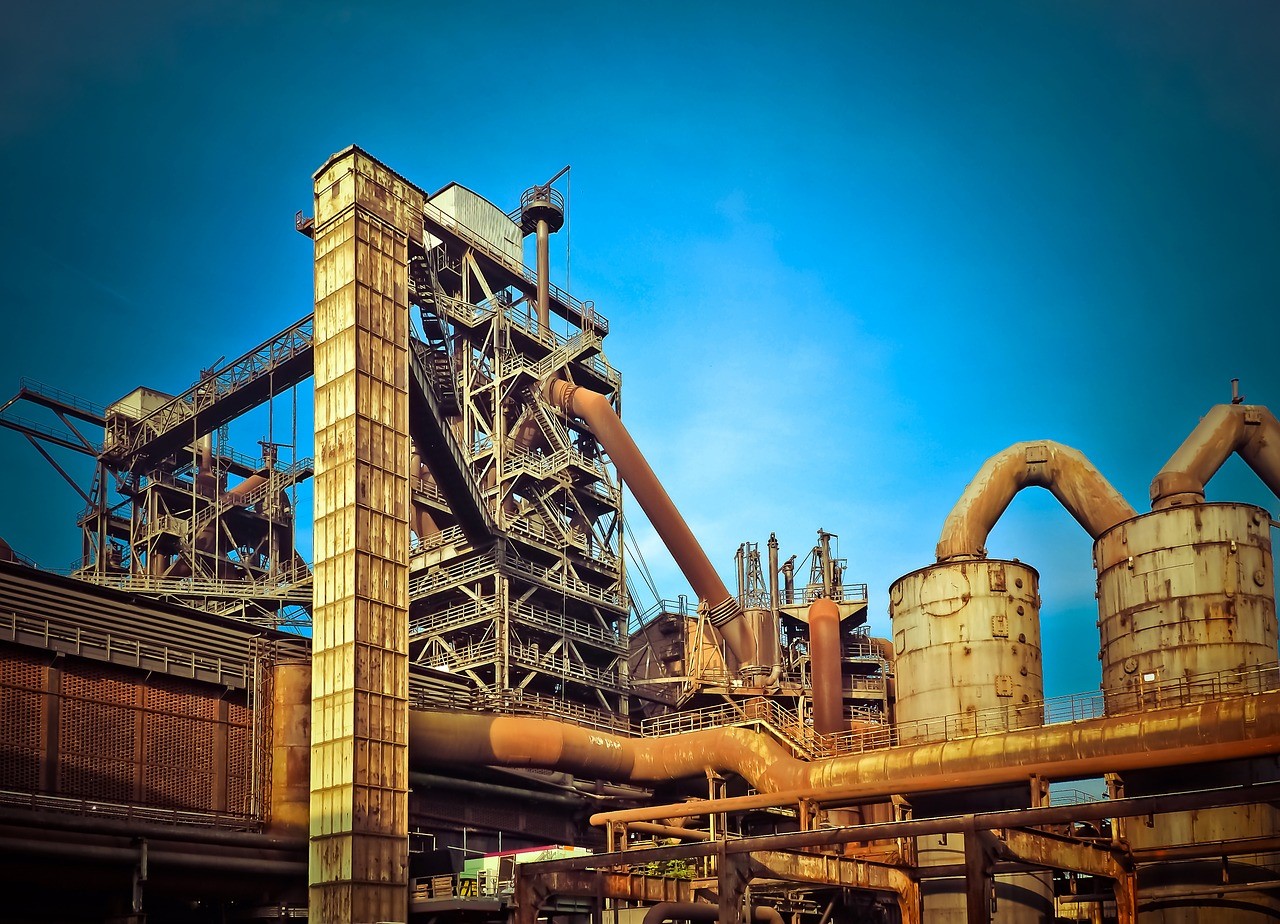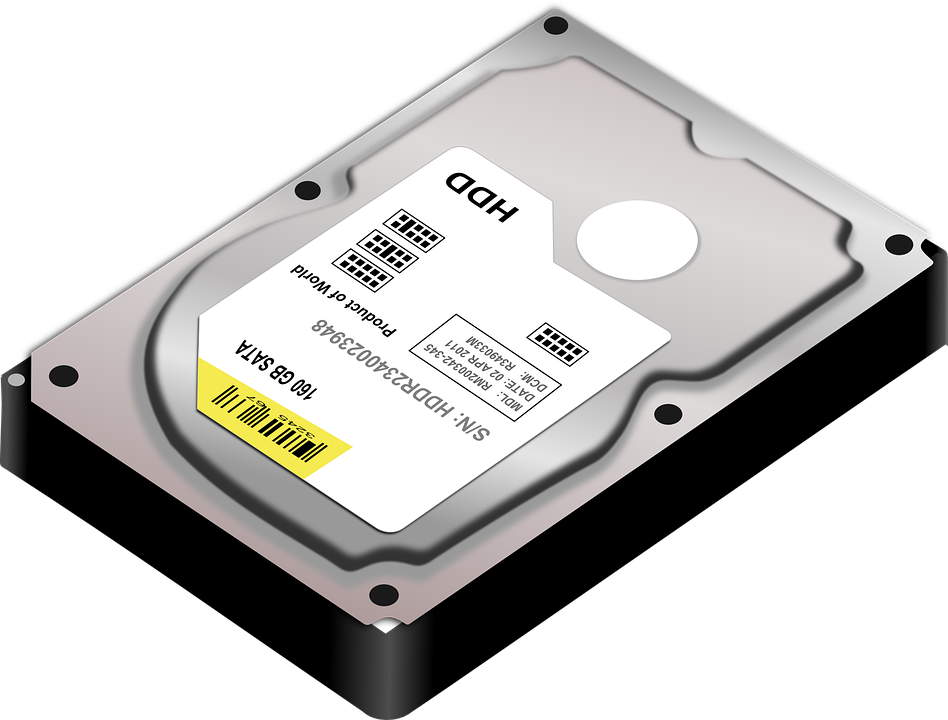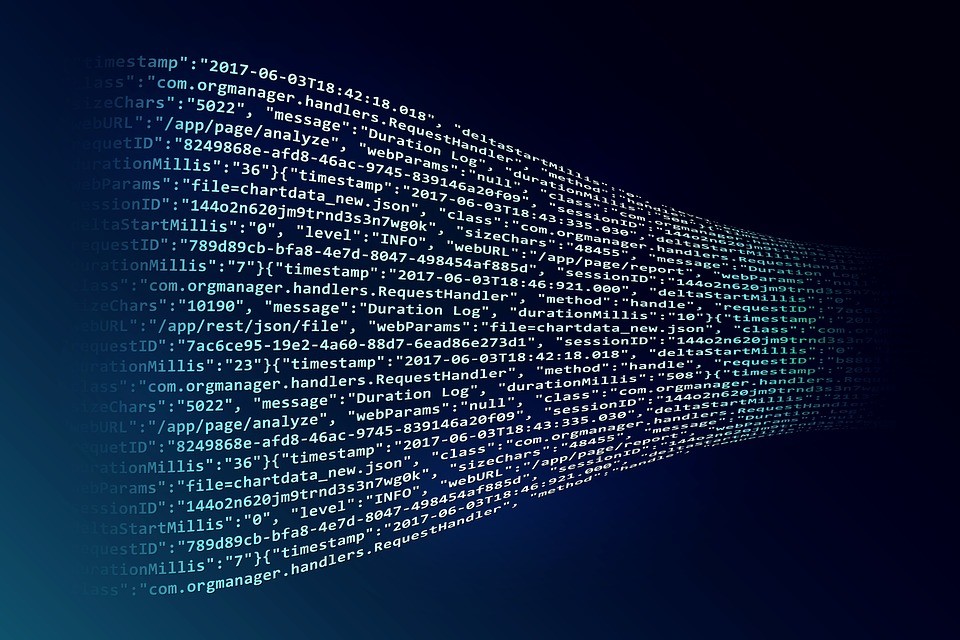Average time of disk dccess read/write in DB2
- Read more about Average time of disk dccess read/write in DB2
- Log in to post comments
Through DB2 we can get the average time in ms disk access is having DB2. These times are crucial for the detection of a IO problem with DB2 instance.
Usually we take into consideration that a value close to 2-3ms is good, more than 10ms can indicate problems.
Avg ms/write:
select trunc(decimal(sum(pool_write_time))/decimal( (sum(pool_data_writes)+sum(pool_index_writes))),3) from sysibmadm.snaptbsp
Avg ms/read:


 This article will discuss how supply chains are being improved through the use of innovative technologies before highlighting five uses of artificial intelligence and machine learning in supply chains.
This article will discuss how supply chains are being improved through the use of innovative technologies before highlighting five uses of artificial intelligence and machine learning in supply chains. This article will describe the relevance of open source software and big data before describing five interesting and useful open source big data tools and projects.
This article will describe the relevance of open source software and big data before describing five interesting and useful open source big data tools and projects. Tiered storage is a way of managing data by assigning it to different types of storage devices/media depending on the current value that the underlying information provides. The efficient management of data recognizes that all information provides an intrinsic value from the time it’s created to the time it becomes obsolete and that this value changes over the information lifecycle.
Tiered storage is a way of managing data by assigning it to different types of storage devices/media depending on the current value that the underlying information provides. The efficient management of data recognizes that all information provides an intrinsic value from the time it’s created to the time it becomes obsolete and that this value changes over the information lifecycle. Disaster recovery is a set of processes, techniques, and tools used to swiftly and smoothly recover vital IT infrastructure and data when an unforeseen event causes an outage.
Disaster recovery is a set of processes, techniques, and tools used to swiftly and smoothly recover vital IT infrastructure and data when an unforeseen event causes an outage. Amazon Web Services (AWS) is a subsidiary of Amazon that provides cloud computing services, accessible to both individuals and companies.
Amazon Web Services (AWS) is a subsidiary of Amazon that provides cloud computing services, accessible to both individuals and companies. Big Data marketing refers to the use of high-velocity, voluminous, and variable data to improve a company’s marketing efforts. When people think of the term Big Data, they often make the erroneous assumption that it’s just about the size of the datasets.
Big Data marketing refers to the use of high-velocity, voluminous, and variable data to improve a company’s marketing efforts. When people think of the term Big Data, they often make the erroneous assumption that it’s just about the size of the datasets. Data visualization describes techniques and tools that help people understand the meaning of data by representing it in a visual context. It’s often easier to identify important trends, correlations, and patterns in data which is presented visually rather than in its native format. Data visualization is particularly helpful in a Big Data landscape, in which many enterprises try to derive insights from huge data sets, with information obtained from myriad sources, including social media, enterprise software, and web analytics.
Data visualization describes techniques and tools that help people understand the meaning of data by representing it in a visual context. It’s often easier to identify important trends, correlations, and patterns in data which is presented visually rather than in its native format. Data visualization is particularly helpful in a Big Data landscape, in which many enterprises try to derive insights from huge data sets, with information obtained from myriad sources, including social media, enterprise software, and web analytics. The process of taking data from different systems and putting it into a data warehouse for business analysis can be a complicated affair. In this article, we look at what is involved and how the cloud has made matters potentially trickier.
The process of taking data from different systems and putting it into a data warehouse for business analysis can be a complicated affair. In this article, we look at what is involved and how the cloud has made matters potentially trickier. In a world where organizations of all sizes
In a world where organizations of all sizes 